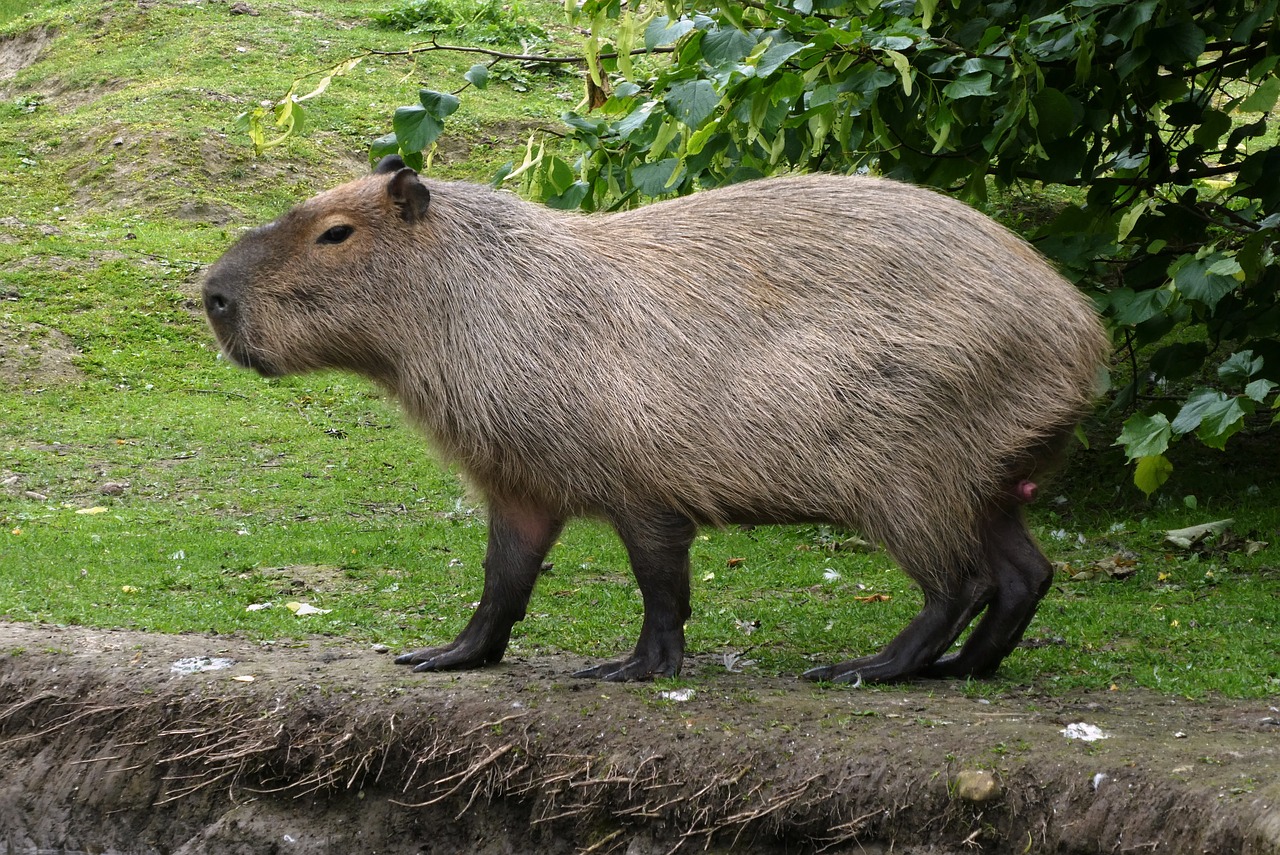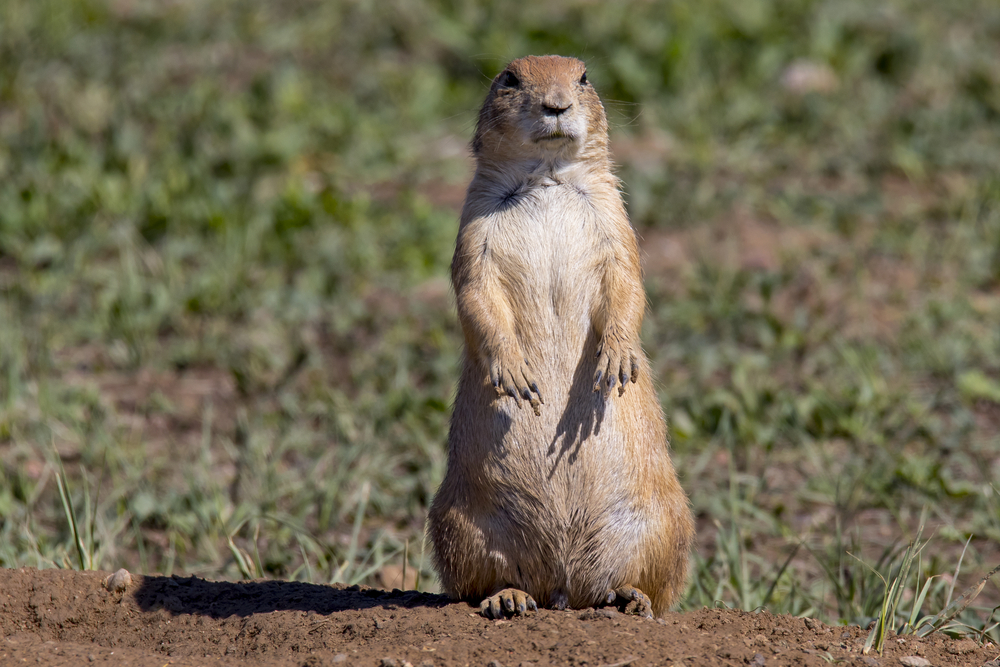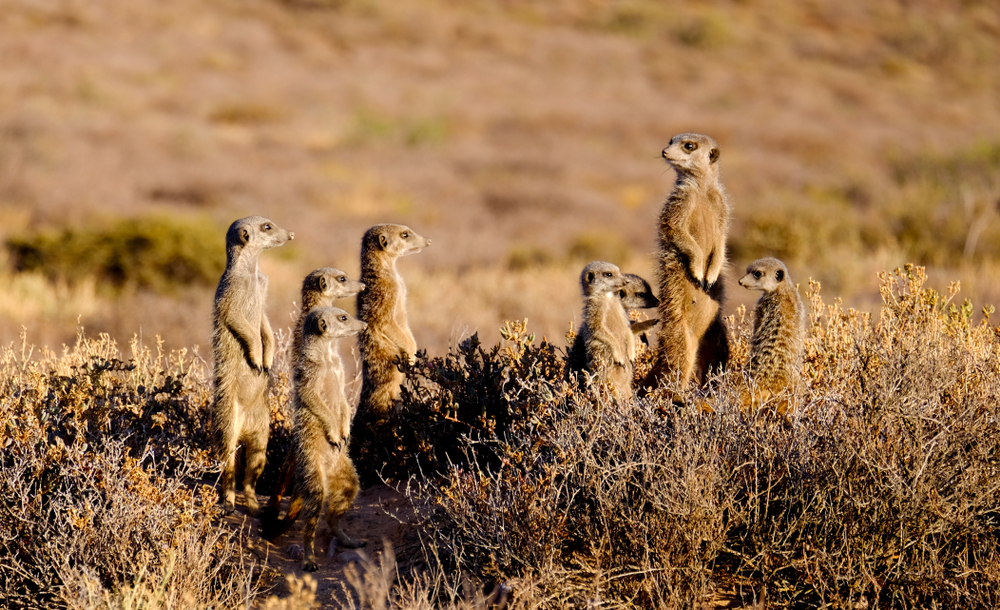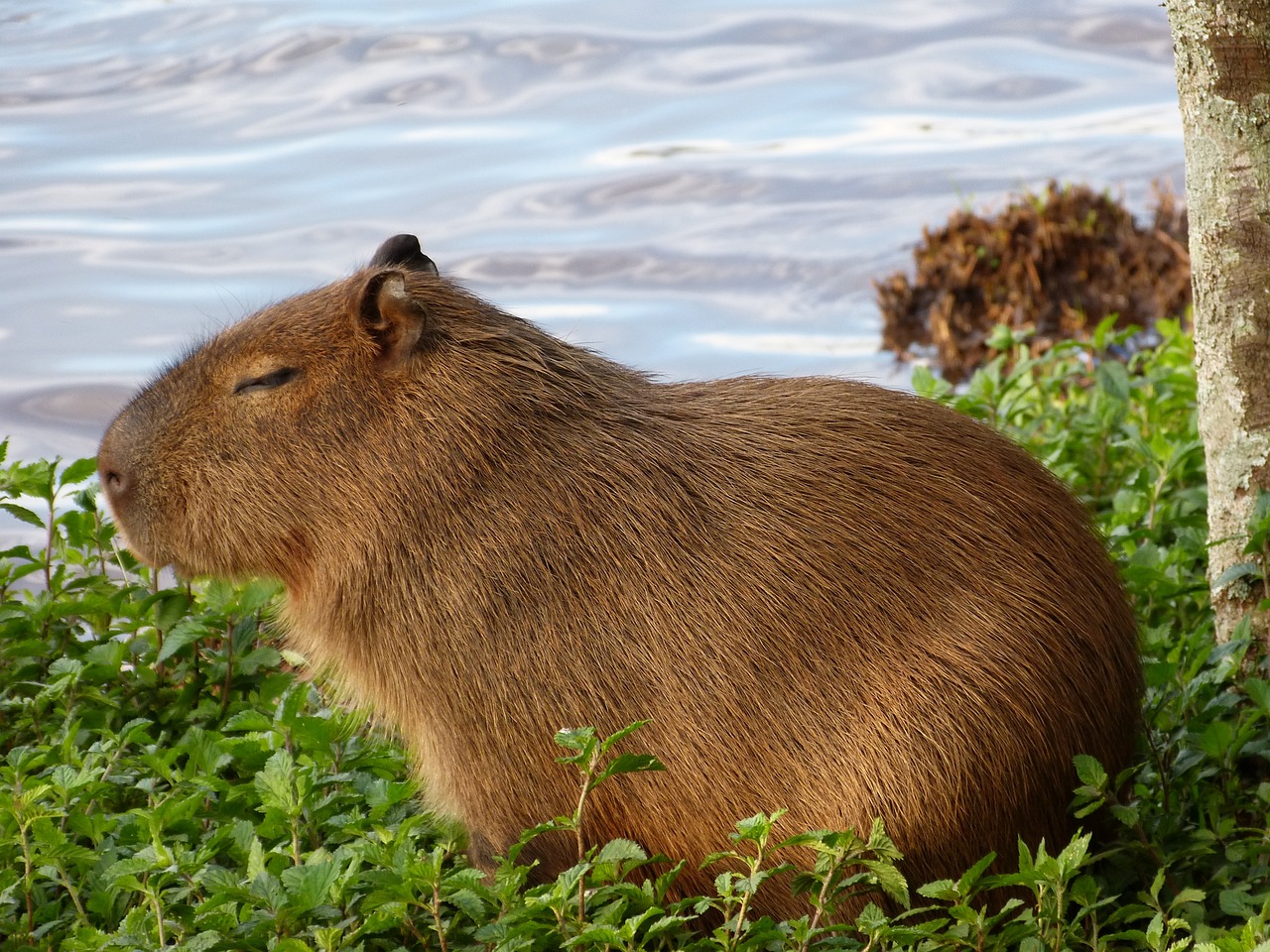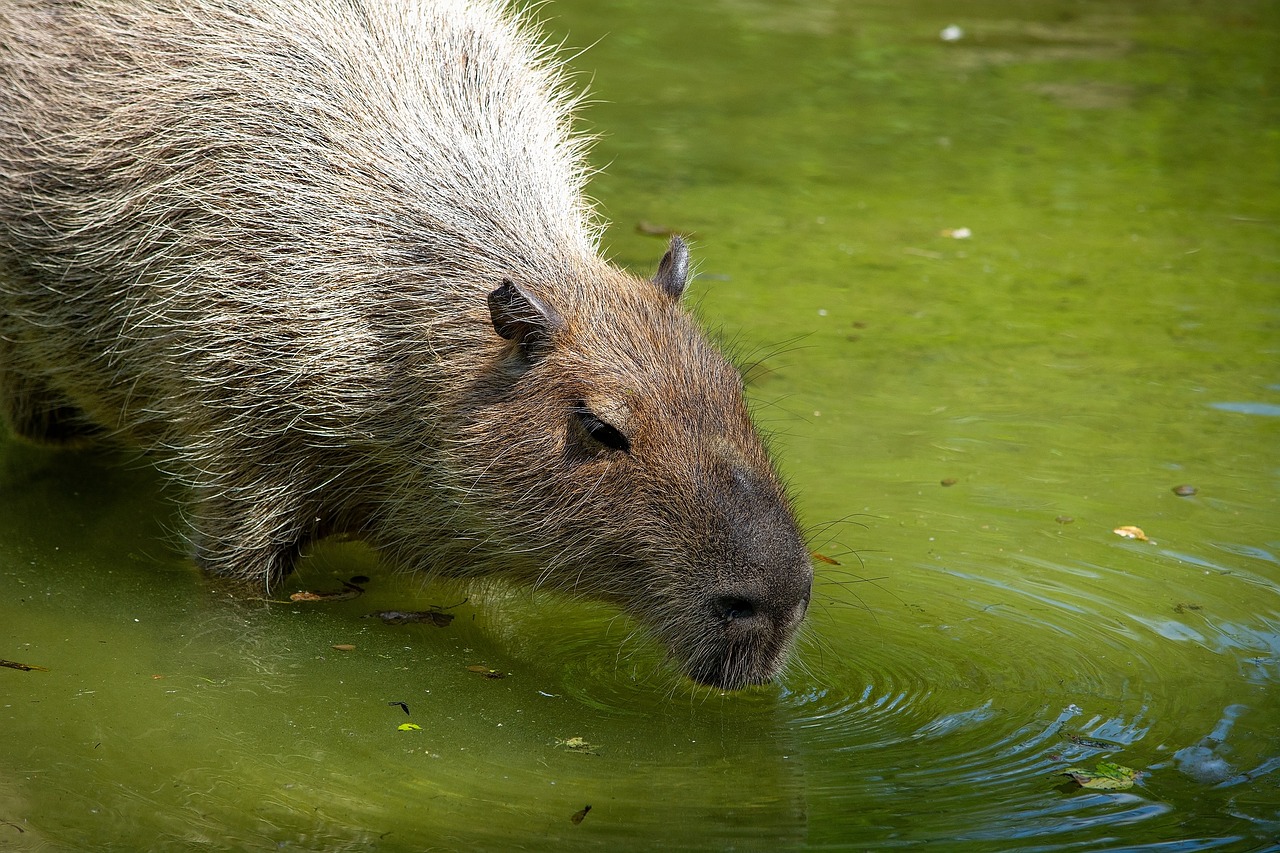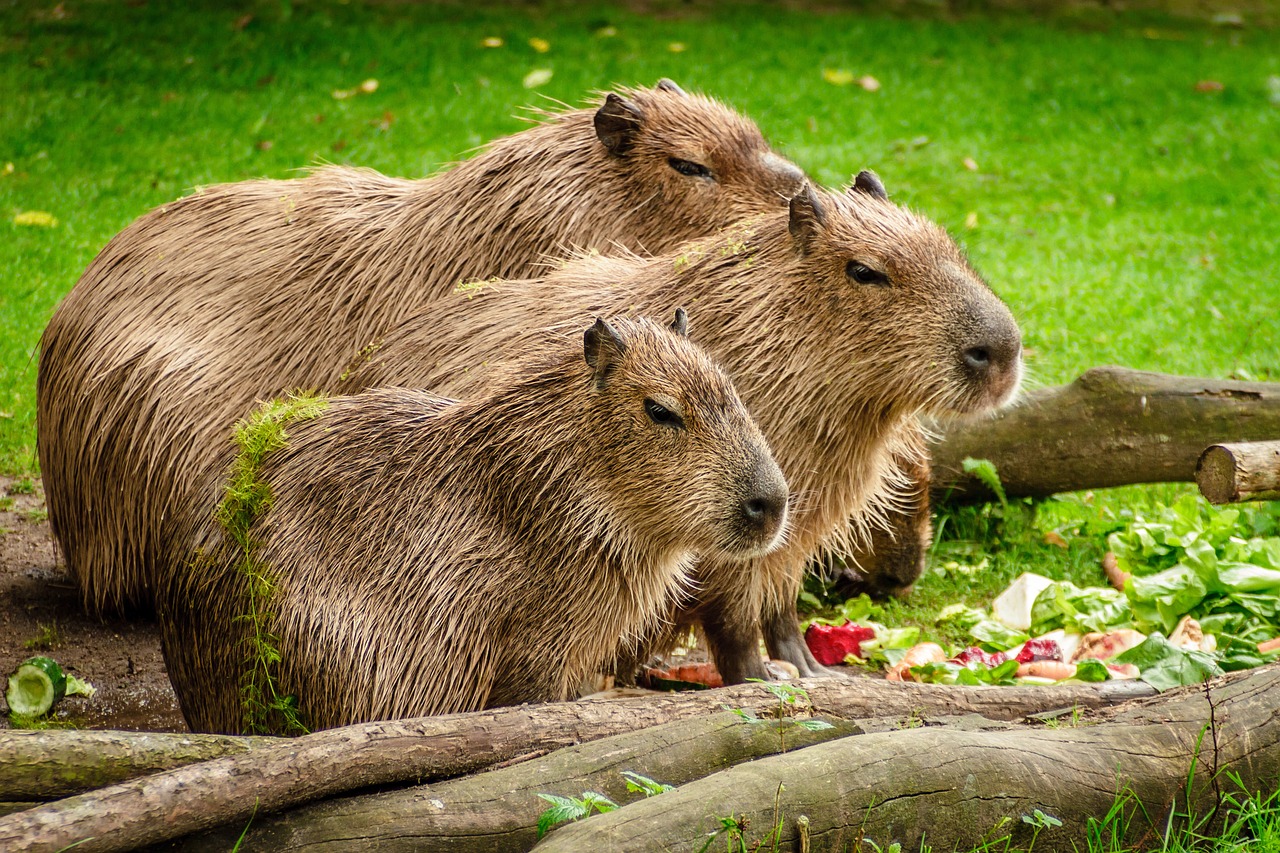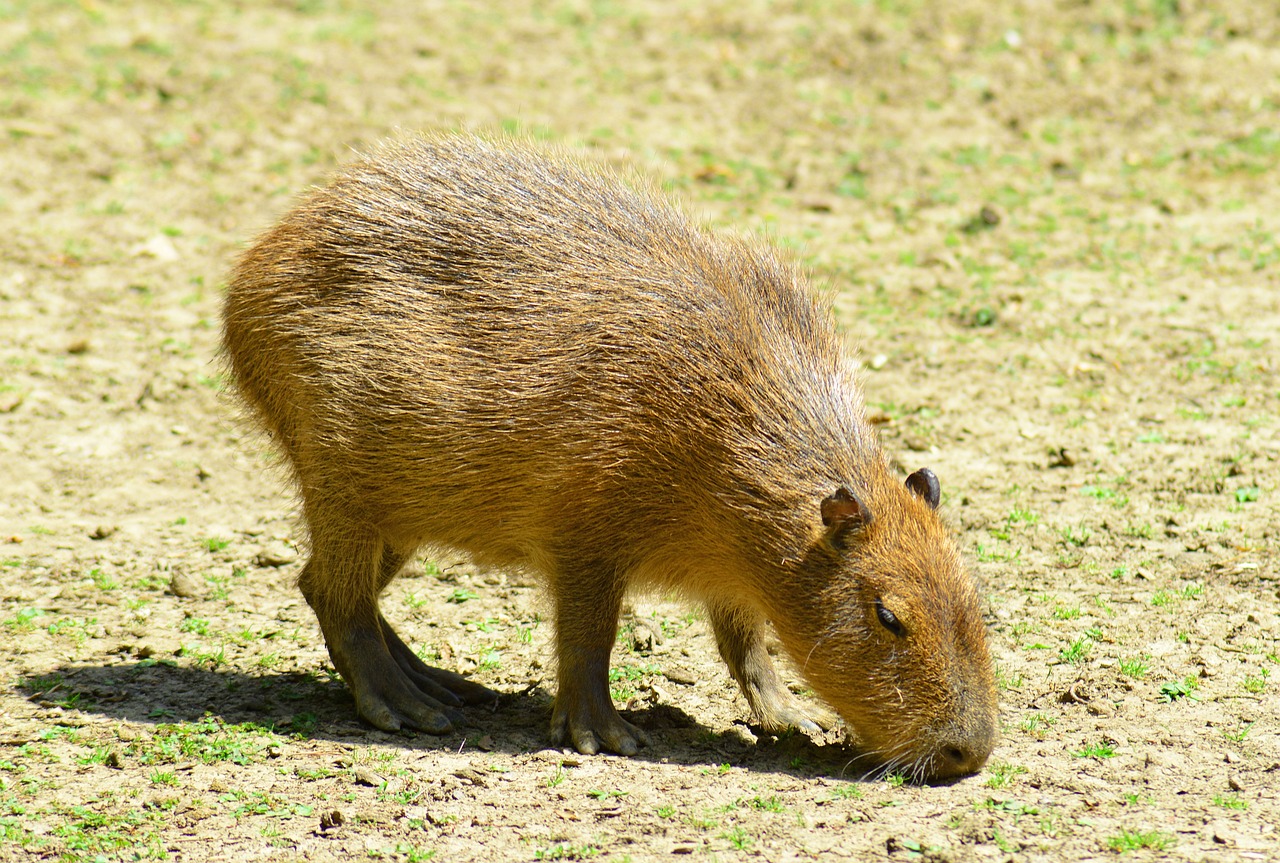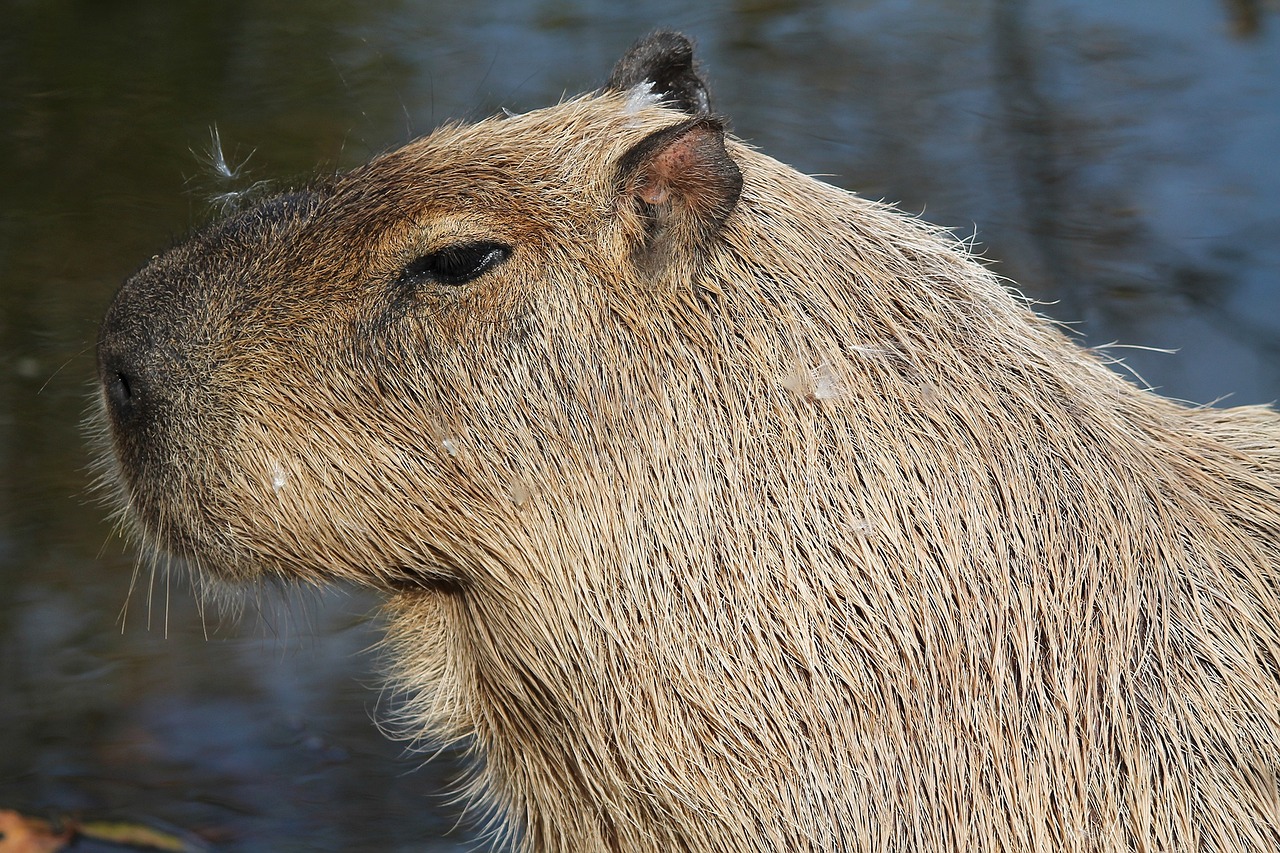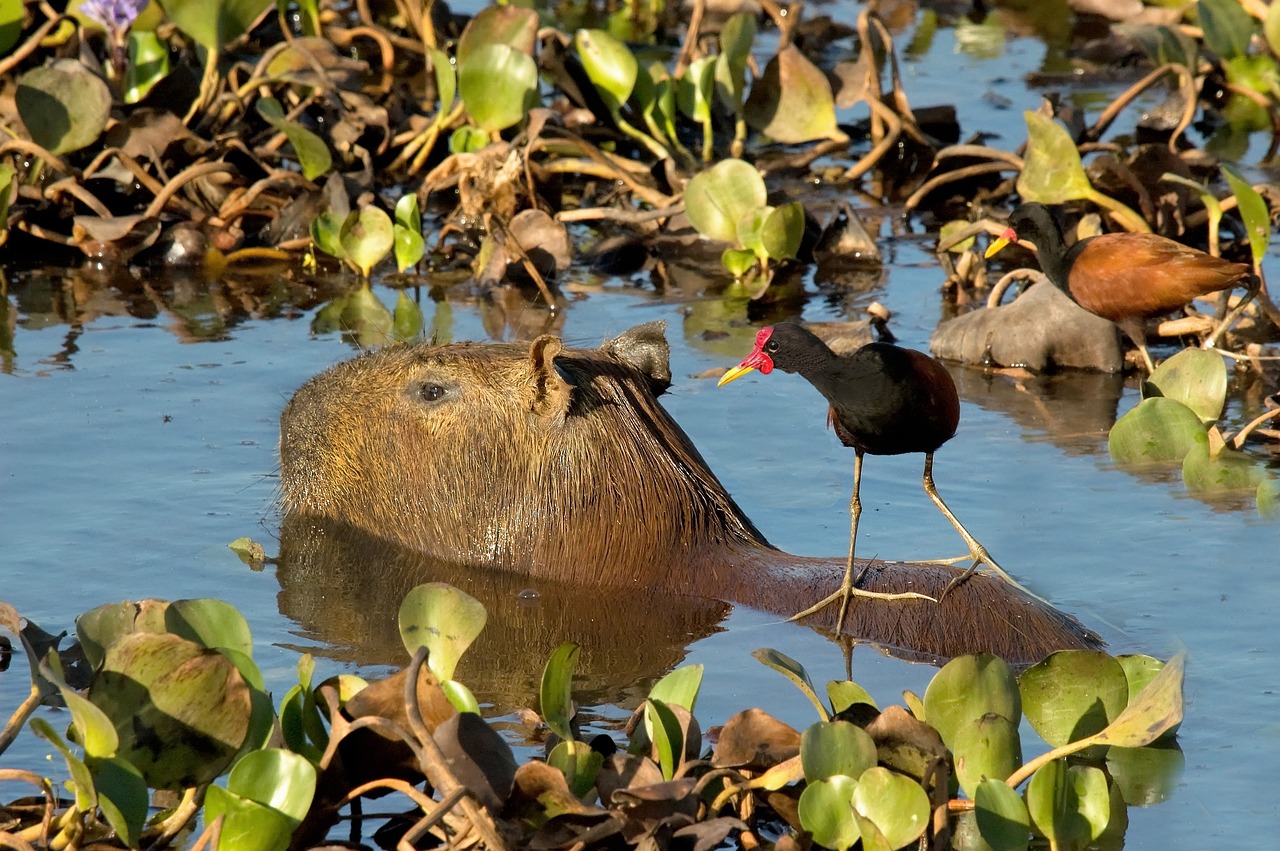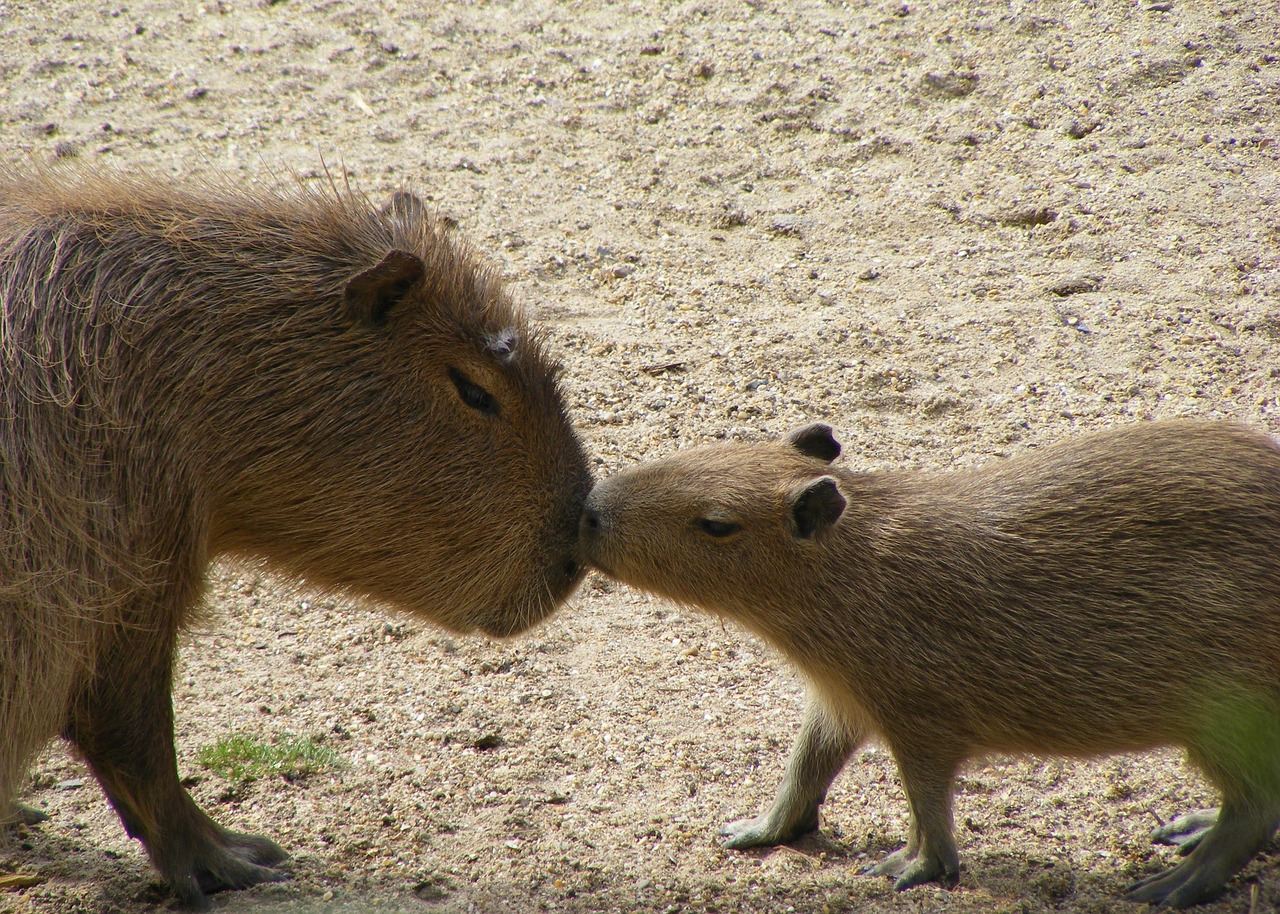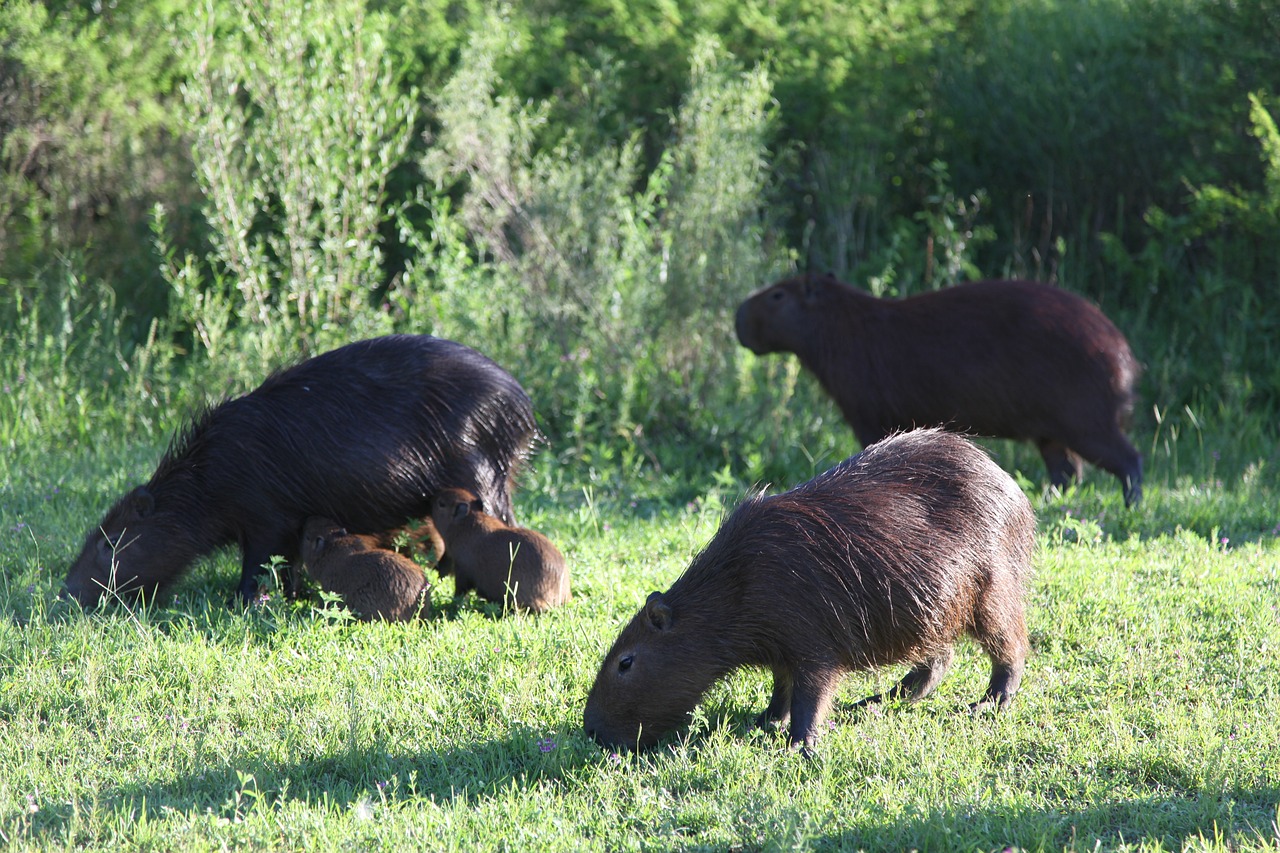About
Physical Characteristics
The Capybara (Hydrochoerus hydrochaeris), the world’s largest rodent, thrives in the water-rich regions of South America, including wetlands, rivers, and marshes. This semi-aquatic mammal is a remarkable example of adaptation, living in social groups and exhibiting a range of behaviors that highlight its unique place in the ecosystem.
Size and Weight:
- Length: Capybaras have a body length of about 3.6 to 4.3 feet (1.1 to 1.3 meters).
- Height: Standing height at the shoulder can reach up to 2 feet (about 0.6 meters).
- Weight: They weigh between 77 to 146 pounds (35 to 66 kilograms), with some individuals possibly reaching even higher weights.
Physical Characteristics:
- Body Shape: Capybaras have a chunky, barrel-shaped body with a short head. Their physical form is well-suited for their semi-aquatic lifestyle, aiding in swimming and diving.
- Fur: They are covered in coarse, short fur that is light brown to yellowish-brown, which helps camouflage them in their natural habitat. The fur is specially adapted to dry quickly after exiting the water.
- Legs and Feet: Capybaras have slightly webbed feet with four toes on the front feet and three on the back, which are excellent for both swimming and walking on soft, muddy banks.
- Eyes, Ears, and Nostrils: Their eyes, ears, and nostrils are positioned high on their heads, enabling them to breathe, see, and hear while mostly submerged in water.
- Teeth: Like other rodents, capybaras have continuously growing incisors. They use these sharp teeth to feed on a variety of aquatic plants and grasses.
- Social Behavior: While not a physical trait, it’s noteworthy that capybaras are highly social animals. They live in groups that can number up to 100 individuals, communicating through a series of vocalizations, scents, and body language.
- Adaptations for Aquatic Life: Beyond their webbed feet and the placement of their facial features, capybaras can stay submerged for up to 5 minutes to hide from predators. Their swimming skills are exceptional, and they can even sleep in water, keeping only their noses out to breathe.
The Capybara’s adaptations to a semi-aquatic lifestyle underscore the incredible diversity of rodent species and their ability to occupy a wide range of ecological niches. Their presence is vital to their habitats, affecting the structuring of aquatic vegetation and serving as prey for various predators, thus maintaining the ecological balance of their environments.
Reproduction
The reproductive cycle of the capybara, the world’s largest rodent species, is influenced by various factors including environmental cues and social dynamics within social groups. Here’s an overview:
Breeding Season: Capybaras do not have a specific breeding season, but mating activity often peaks during the rainy season when food is abundant and water sources are plentiful. Breeding behavior can occur year-round in regions with stable environmental conditions.
Courtship and Mating: During the breeding season, dominant males, known as studs, assert their mating rights by engaging in aggressive displays and vocalizations to attract females. Males compete for access to receptive females, often engaging in sparring matches to establish dominance and secure mating opportunities.
Estrus Cycles: Female capybaras, known as sows, experience estrus cycles, during which they become sexually receptive. Estrus cycles typically last around 7 to 8 days, with females emitting pheromones to signal their fertility to potential mates.
Mating Behavior: Once a female enters estrus, she may be pursued by multiple males seeking to mate with her. Dominant males closely follow estrous females, displaying courtship behaviors such as vocalizations, scent marking, and mounting attempts. Mating usually occurs multiple times during estrus to ensure successful fertilization.
Gestation Period: After mating, the gestation period for capybaras lasts approximately 150 days, roughly 4.5 months. Female capybaras typically give birth to a litter of 2 to 8 pups, although litter size may vary based on factors such as maternal age and environmental conditions.
Calving Season: Capybara births often coincide with the end of the rainy season when food resources are abundant, providing optimal conditions for maternal care and offspring survival. Sows give birth in secluded areas near water bodies, such as riverbanks or marshes, where they can protect their newborn pups from predators.
Maternal Care: Capybara pups are precocial, meaning they are relatively independent and mobile shortly after birth. However, they rely on their mothers for warmth, nourishment, and protection during the early stages of life. Sows exhibit strong maternal instincts, nursing and guarding their pups vigilantly.
Weaning and Juvenile Development: Pup weaning typically occurs at around 16 weeks of age, although some pups may continue nursing for a longer period. Juvenile capybaras gradually integrate into the social group, learning essential survival skills from older individuals and participating in group activities such as foraging and grooming.
Social Dynamics: Capybaras are highly social animals, living in cohesive groups known as herds. Reproductive success is influenced by social dynamics within the herd, including dominance hierarchies among males and cooperative behaviors among females. Strong social bonds and group cohesion contribute to the overall reproductive success and survival of the species.
Population Dynamics: Capybaras play a crucial role in freshwater ecosystems, shaping vegetation dynamics and providing food for predators. Conservation efforts focus on preserving habitat, managing human-capybara conflicts, and implementing sustainable hunting practices to ensure the long-term viability of capybara populations.
Lifespan
The capybara, native to South America, is the world’s largest rodent species, known for its semi-aquatic lifestyle and social behavior. Understanding its lifespan and the threats it faces is crucial for its conservation. Here’s an overview:
Wild Lifespan: In the wild, capybaras typically have a lifespan of around 8 to 10 years. However, under favorable conditions with access to abundant food, water, and suitable habitat, some individuals may live longer. Factors such as predation, habitat loss, diseases, and human activities influence their lifespan in the wild.
Lifespan in Captivity: Capybaras kept in captivity, such as those in zoos, wildlife parks, and private collections, may have longer lifespans compared to those in the wild. In captivity, they are protected from predators, provided with veterinary care, and have access to consistent food and water. Capybaras in captivity can live up to 12 years or more, depending on the quality of care provided.
Threats to Capybaras:
- Habitat Loss and Fragmentation: Deforestation, agricultural expansion, and urban development threaten capybara habitats, leading to habitat loss and fragmentation. Loss of wetlands and riparian areas reduces access to water and forage, impacting capybara populations.
- Predation: Capybaras are preyed upon by large predators such as jaguars, anacondas, caimans, and large birds of prey. Predation pressure can be significant, especially on young and vulnerable individuals.
- Diseases: Capybaras are susceptible to various diseases and parasites, including ticks, fleas, and fungal infections. Outbreaks of diseases such as foot-and-mouth disease and rabies can cause significant mortality in capybara populations.
- Human-Wildlife Conflict: Capybaras may come into conflict with humans over resources such as crops, leading to retaliatory killings and persecution. In some areas, they are hunted for their meat and skins, contributing to population declines.
- Hunting and Poaching: Capybaras are hunted for their meat, which is considered a delicacy in some South American countries. Overhunting and poaching, both for subsistence and commercial purposes, pose a threat to capybara populations, especially in regions where regulations are not enforced.
- Climate Change: Climate variability and extreme weather events, such as floods and droughts, can impact capybara habitats and food availability. Changes in precipitation patterns and temperature can disrupt their natural behavior and reproductive cycles, affecting population dynamics.
Conservation efforts for capybaras include habitat preservation, protected area management, regulation of hunting and trade, disease monitoring and management, and raising awareness about the ecological importance of capybaras in wetland ecosystems. Ensuring the long-term survival of capybaras requires collaborative efforts involving governments, conservation organizations, local communities, and stakeholders.
Eating Habits
The capybara, the world’s largest rodent species, is a semi-aquatic mammal native to South America. Understanding its eating habits illuminates its role as a herbivore in wetland ecosystems and its dietary preferences.
Diet: Capybaras are primarily herbivores, with a diet composed mainly of plant matter. Their diet includes:
- Grasses: Grasses make up a significant portion of the capybara’s diet. They graze on a variety of grass species found in their habitat, including both tender and coarse grasses.
- Aquatic Plants: Capybaras are semi-aquatic animals and feed on a variety of aquatic plants such as water hyacinths, water lettuce, and water lilies. They often wade into shallow water bodies to access these plants, which provide them with additional nutrition and hydration.
- Herbaceous Plants: In addition to grasses and aquatic plants, capybaras consume various herbaceous plants such as sedges, rushes, and ferns. They may also feed on leaves, shoots, and fruits from shrubs and trees found near water sources.
Feeding Behavior: Capybaras exhibit several feeding behaviors to obtain and consume vegetation efficiently:
- Grazing: Grazing is the primary feeding behavior of capybaras, during which they use their large, chisel-like incisors to crop grass close to the ground. They feed on grasses in open grasslands and meadows, often in the early morning or late afternoon when temperatures are cooler.
- Browsing: Capybaras may engage in browsing behavior, where they pluck leaves, shoots, and branches from shrubs and trees using their agile lips and teeth. Browsing typically occurs near water bodies or in areas with dense vegetation.
- Aquatic Feeding: Capybaras are excellent swimmers and may dive into shallow water bodies to feed on aquatic plants. They use their webbed feet to paddle and maneuver in the water while grazing on submerged vegetation.
Habitat Preferences: Capybaras inhabit a variety of wetland habitats, including marshes, swamps, riverbanks, and lakeshores. They prefer areas with abundant vegetation, access to water sources for feeding and cooling, and sufficient cover for shelter and protection from predators.
Social Feeding Behavior: Capybaras are social animals and often feed in groups known as “herds” or “groups,” which provides them with protection against predation and enables them to collectively locate and exploit food resources. Their synchronized grazing and browsing behaviors contribute to the maintenance of wetland ecosystems.
Conservation Concerns: Capybaras face threats such as habitat loss, hunting for their meat and hides, and competition with domestic livestock for resources. Conservation efforts focused on preserving their natural habitat, mitigating human-capybara conflicts, and regulating hunting are crucial for ensuring the long-term survival of capybara populations.
Uniqueness
The Capybara, scientifically known as Hydrochoerus hydrochaeris, is the largest rodent in the world and exhibits several distinctive traits that make it a unique species within its habitat. Native to South America, here are some key aspects that make the Capybara unique:
Exceptional Size: As the world’s largest rodent, adult Capybaras can weigh up to 65 kilograms (143 lbs) and measure more than 1.2 meters (4 feet) in length. Their size is a significant adaptation that helps them fend off some predators.
Semi-Aquatic Lifestyle: Capybaras are highly adapted to water. They have webbed feet which aid in swimming, and they spend a lot of their time in water bodies such as rivers, ponds, and marshes. Water is a refuge from predators and an important aspect of their thermoregulation, helping them stay cool in the heat of their environment.
Social Animals: Capybaras are remarkably social creatures, often found in groups ranging from 10 to as many as 100 individuals. These groups help in lookout duties against predators and are structured with complex interactions. Living in groups also facilitates the care and protection of their young.
Diet and Grazing: They are herbivores, primarily feeding on grass and aquatic plants. Their grazing is essential for maintaining the health of grasslands and aquatic edges, making them key ecological engineers in their environments.
Breeding and Parenting: Capybaras are prolific breeders, with females capable of delivering multiple litters of pups each year if conditions are favorable. The young are precocious, able to eat grass within a week after birth, although they continue to suckle for much longer. Group members collectively care for the young, a behavior known as alloparenting.
Communication: They communicate through a variety of vocalizations and body languages, such as barks, purrs, and grunts. These communications are crucial for maintaining group cohesion and signaling the presence of threats.
Adaptations to Predators: Despite their size, Capybaras are preyed upon by many top predators in the South American ecosystems, such as jaguars, pumas, and caimans. Their social structure and aquatic habits are critical survival strategies.
Conservation Status: Capybaras are not currently considered endangered, but they face threats from habitat destruction and hunting. In some regions, they are hunted for their meat and skins, while in others, they are appreciated and protected.
The Capybara’s combination of being a large, social, and semi-aquatic rodent makes it a unique species within the animal kingdom. Their ecological role as grazers and their ability to thrive in both terrestrial and aquatic environments underscore their importance in maintaining biodiversity and ecosystem health in their native South American habitats.
Related Family Species
Sources
- Burnie, David & Wilson, Don, Animal, Smithsonian Institute, Washington DC.
- Clutton-Brock, Juliet and Wilson, Don, Mammals, Smithsonian Handbooks, New York, NY.
- Hickman et al, Integrated Principle of Zoology, McGraw Hill, Boston.



































































